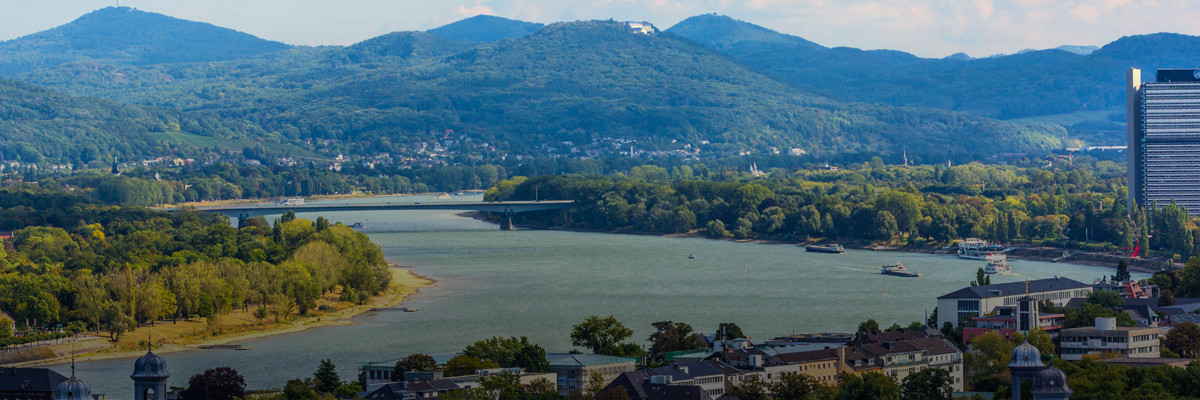
Authors
-
Edward Cameron
Former Managing Director, BSR
-
David Wei
Former Managing Director, Climate and Nature, BSR
As G7 leaders agreed to deep cuts in global greenhouse gas emissions, two new studies illustrate why we need five-year commitment cycles to achieve this goal.
The first study, by the U.S. National Oceanic and Atmospheric Administration and published in the journal Science, concludes that global warming has not “paused,” as some have argued. In fact, the rate of warming over the past 15 years was slightly higher than over the previous five decades.
A second study, by the London School of Economics, concludes that China’s greenhouse gas emissions will likely peak in 2025, a full five years before the stated target set during Chinese President Xi and U.S. President Obama’s landmark bilateral announcement last November.
These two analyses remind us that we have no time to pause on raising ambition, and no need to fear more regular government commitments designed to increase ambition. The frequency and review of commitments—the so-called “ratchet mechanism”—is a key issue being debated at the UN climate talks now occurring in Bonn, Germany. At the heart of this debate is whether countries should negotiate new emissions reductions at five- or 10-year cycles.
We Mean Business and BSR support five-year cycles. Here’s why:
First, the ongoing release of intended national climate commitments, or INDCs, suggests a level of ambition consistent with 3 to 3.5°C, and locking this insufficient level of ambition in for the next 15 years would be irresponsible in the face of pervasive climate risks. Moreover, the negotiations currently operate in a chaotic system with each country choosing its own frequency of commitments. This gives business—those who must actually build a low-carbon economy—a sense of inconsistency and uncertainty.
Governments should commit to returning to the negotiating table every five years to ensure that they are aligning with science, harvesting the best available practices, capturing innovation, and progressively realizing our global goal of holding global warming below 2˚C. Governments could create the conditions for this approach by agreeing to strengthen targets in 2020, and by setting clear timetables for new commitments in five-year blocks from 2030 onward.
Second, a 10-year cycle underestimates the speed of low-carbon investment, technological innovation, and changes in production and consumption patterns. China is not alone in beating its targets. Indeed, the EU projects that it will exceed its current Kyoto Protocol goal of 20 percent reductions by 2020, by 4.5 percent. By combining a long-term signal with shorter-term adjustments, government can provide both the long-term clarity and the short-term predictability necessary for business investment.
Speaking in Bonn on IKEA’s commitment to spend US$1 billion on emissions reductions and climate resilience over the next five years, Chief Sustainability Officer Steve Howard noted that a 10-year cycle will result in missed opportunities because “the low-hanging fruit grows back.” In the last five years, solar cells have fallen in price by 75 percent. With exponentially falling production costs, in four years, IKEA will have switched from selling no LED lighting at all, to selling only LED lighting.
Last weekend, We Mean Business asked G7 leaders to set a global objective for COP21 of net zero greenhouse gas emissions well before the end of the century. The G7 responded by emphasizing that deep cuts in emissions are required with a decarbonization of the global economy over the course of this century. The G7 has therefore taken the first step towards meeting our goal of holding global mean temperature rises below 2˚C.
While the G7 did not outline a plan on how to get us there, if governments establish five-year cycles of commitments that are aligned with the IPCC’s science assessments, all countries will be able to step forward together. This is the surest way to push the global emissions trajectory downward, avoid unmanageable climate risk, and capture the economic opportunities of a low-carbon future.
Let’s talk about how BSR can help you to transform your business and achieve your sustainability goals.